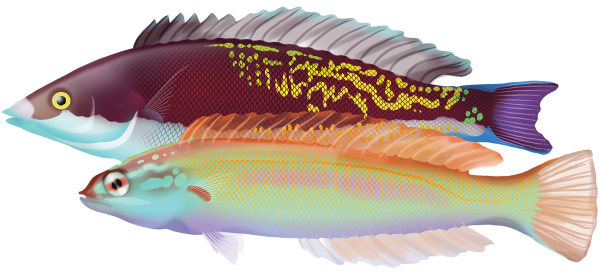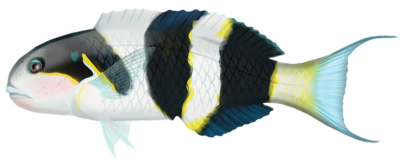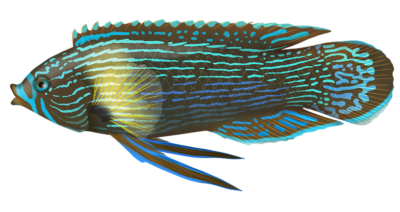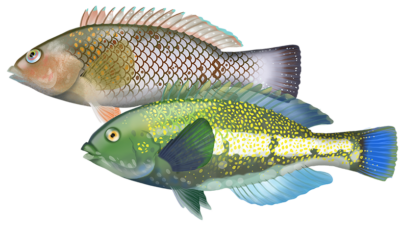Quick Facts
Scientific name
Pseudocoris Yamashiroi
Other names
Pink Wrasse, Redspot Wrasse, Redthroat Rainbowfish
Size
Up to 15 cm (5.9 in)
Weight
Up to .10 kg (.22 lb)
Distribution
Habitat & AU Distribution
Coastal waters amongst sandy & rubble areas of coral reefs & kelp beds
Depth Range
1 - 50 m (164 ft)
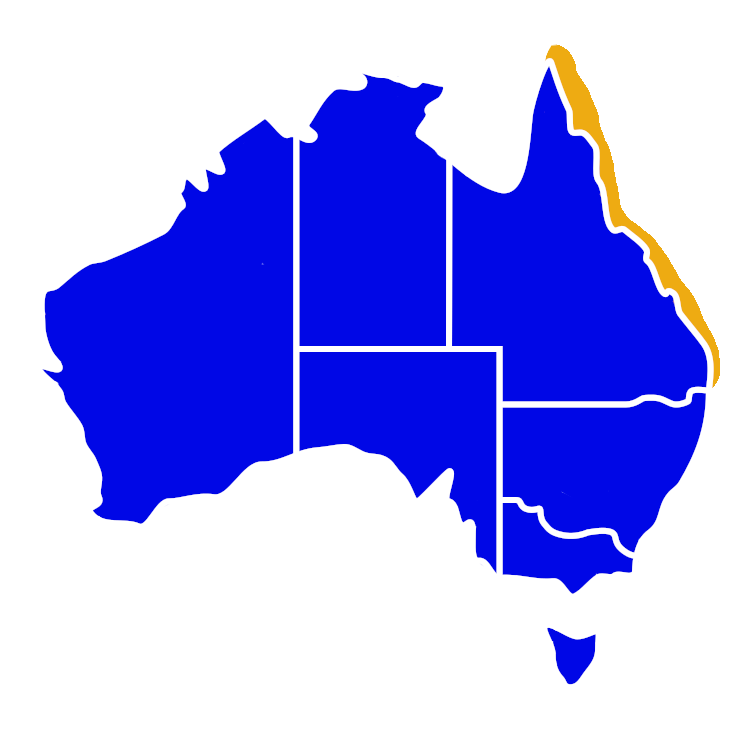
Interesting Info
- In Australia, the Japanese Wrasse is found in the coastal waters of Queensland and northern parts of New South Wales, particularly around rocky reefs and kelp beds.
- The male Japanese Wrasse has a blue-green body with a yellow tail and fins. Its scales are outlined in black, and it has a horizontal white stripe across its face. The female Japanese Wrasse, on the other hand, has a more subdued appearance. Her body is mainly light brown to reddish-brown with a lighter underbelly, and her fins may have a yellow or orange tint.
- They are a carnivorous fish that feeds on small invertebrates, such as crustaceans, molluscs, and worms.
- The Japanese Wrasse is known for its ability to change gender from female to male, which is a common trait among wrasses.
- The spawning season for the Japanese Wrasse in Australia occurs between September and November.
- They are a polygynous species, with males establishing territories on rocky reefs and courting females through displays and brighter colours, while females release several thousand eggs into the water column to be fertilised externally by males.
- The Japanese Wrasse has a lifespan of up to 20 years in the wild.
Species Interaction
Snorkeling & Diving
The Japanese Wrasse is known for its curious and bold behaviour, often approaching divers and snorkelers.
Scientific Classification
Kingdom: Animalia
Phylum: Chordata
Class: Actinopterygii
Order: Perciformes
Family: Labridae
Genus: Pseudocoris
Species: Pseudocoris Yamashiroi
Conservation Status
The conservation status of the Japanese Wrasse in Australia is listed as “Vulnerable” under the Environment Protection and Biodiversity Conservation Act 1999 (EPBC Act). This status is based on a decline in the species’ population due to overfishing, habitat degradation, and other human activities.
Recreational Viewing
- Snorkeling & Scuba
Finding: Easy
Temperament: Curious
Location: Inner Reef, Outer Reef, Lagoon
Danger: None


